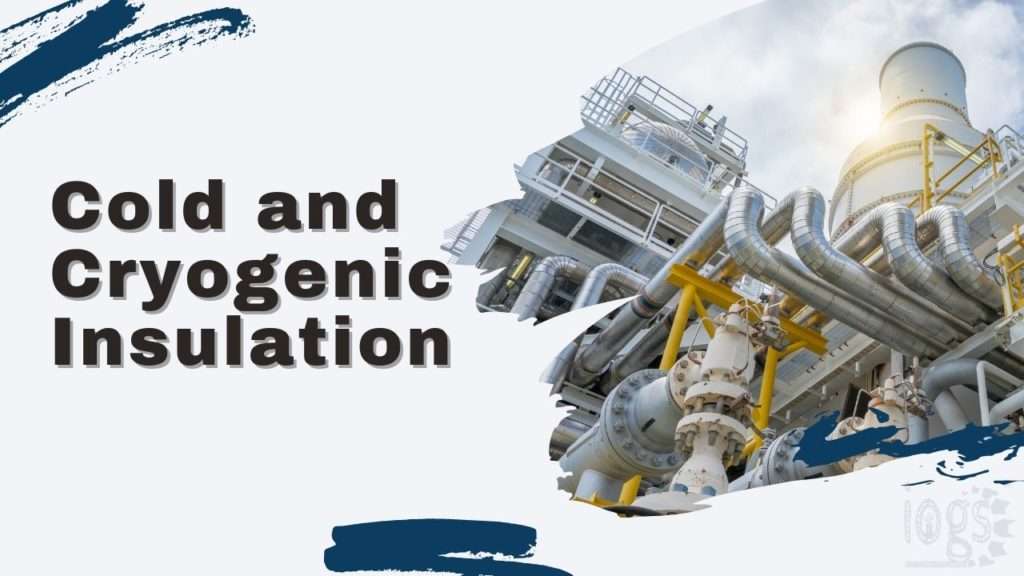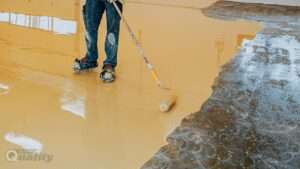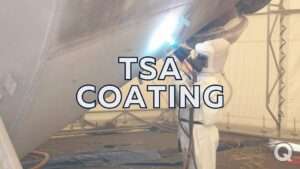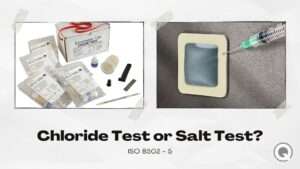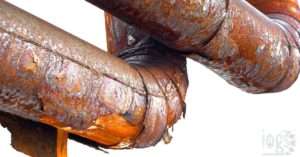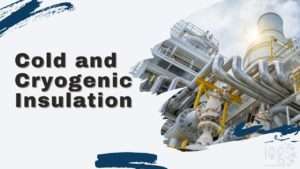What is thermal insulation?
Thermal insulation is a key feature of an oil refinery or industrial process plant. If you take a close look at the industrial plants, you would find out that they are surrounded by insulated pipes, equipment, and vessels. These mechanical components can either receive hot, cold, or acoustic insulation systems.
To give you a fair idea, an oil refinery contains about 73 miles of insulated pipes and 2.5 million square feet of the insulated equipment. There is not one but different types of insulations used to insulate a mechanical system of the industrial plants.
Here is a list of the purpose why you see the use of insulation;
- Energy conservation
- Heat conservation
- Process control
- Cold conservation
- Condensation control
- Acoustic attenuation
- Personal protection
If you are someone who wants to find out more about thermal insulation? Or want to know more about cold and cryogenic insulation works then this article will answer what you are looking for, keep scrolling down.
What is cold insulation?
Cold insulation is used for mechanical components that operate at a specific temperature which is usually below the ambient. This type of insulation is used to prevent condensation, moisture, intrusion, and long-term degradation.
You must realize that cold insulation needs a great level of craftsmanship. If you leave small damage on the vapor barrier it can cause icing which won’t result in anything good. Faults might also influence to degrade of the installed insulation system. It can also result in considerable energy loss or block the product to pass through.
Cold Insulation Temperature Range
Cold insulation has different temperature ranges. They start from below the ambient to -196˚C. The temperatures are also divided into the below categories:
- Anti-Sweat (Temperature range: Below Ambient to 0˚C)
- Cold (Temperature range: 0˚C to <-40˚C)
- Cryogenic (Temperature range: >-40˚C)
All of the above categories require special attention with regards to the selection of the insulation and the accessories. A particular number of insulation layers and thickness needs to be there to resist the temperatures.
Material List for cold work
The insulation materials are divided into various categories and further divided into a spectrum of things available in the market. They vary in performance, sustainability, cost-effectiveness, and availability.
Here is a list of the key insulation categories and materials available to use in the industry:
- Cellular
- Foam glass
- Nitryl rubber
- PUR/PIR
- Granular
- Perlite
- Fibrous
- Cryogel
Selection Criteria
You must go through the selection criteria before designing the cold insulation system. After all, you cannot just get anything and everything. You need to consider what type of material will best fit the requirements, based on a particular design of the insulating item. You also need to take into account the purpose of the insulation and other factors like environmental exposure where the installed insulation will be subjected to exposure after the installation and during the service.
Here is a list of selection criteria that you can take into account before choosing the cold insulation material:
- Fit for purpose
- Cost factors
- Insulation properties
- Thermal
- Chemical
- Mechanical
- Fastening
- Finishing
- Application
- Inspection and quality control
- Maintenance
Cold Insulation Components
While having most of the work and components common with other insulation materials, here is a list of cold insulation components that make it apart from others and need to be taken into considerations:
- A joint sealant is required to be applied
- A vapor barrier is incorporated by the system
- A vapor stop is required at the terminations, protrusions, and interruptions.
- Screws should never be used to secure the metal jacketing
- The system also requires contraction joint
Cold Insulation Installation Procedure
After the component list is finalized and the particular material is selected for cold insulation based on the above-mentioned criteria, you must specify these into a procedure or specification that the applicator should follow for the installation
The applicator should have enough skills by getting the required training. They would also require experience which will only come with time to do their work properly.
Here is how you can follow the installation procedure step by step:
- Start by releasing the insulation item. Make sure you have done the following things:
- Paint coating
- Pressure testing
- Any other mechanical work
- You should only be using the material that is dry and free from damage and has the right dimensions
- Make sure you choose the one specified in the specification
- The cut-outs in the insulation sections and segments should be clean and straight
- You need to stagger the insulation joints
- You need to apply joint sealants to all insulation joints
- Use an appropriate type of fastening to make sure that the insulation remains secure around the insulating item at all times
- Make sure that no part gets degraded during the fastening of the insulation
- Each layer of the insulation needs to be secured separately
- A vapor barrier needs to be applied with an overlap of 50mm – 75mm (membrane)
- You need to use a vapor stop at terminations and protrusions
- The installed insulation needs to be protected with a metal (if necessary)
- Never use screws to fix the metal jacketing
- The insulation system must not get damaged after installation
Inspection and Quality Control of a Cold Insulation Work
You need to hire a quality control professional to ensure the specified level of quality is achieved. A qualified and certified insulation inspector would make sure that work at every stage is done properly following the specification.
It is the job of a certified insulation inspector to inspect the cold insulation systems at stages defined in the Inspection and Test Plan (ITP).
Here is a list of stages that the cold insulation inspection checks through:
- Pre-inspection
- Surface preparation
- During insulation and fixing
- After insulation
- Before jacketing
- During jacketing and fixing
- After jacketing or Final Inspection
Inspection Process
The reason why an organization should hire a certified insulation inspector for the job is to ensure that the insulation inspection process runs smoothly.
A cold insulation work can have inspection stages, each work stage require thorough inspection and testing by the insulation inspector, Here is how the insulation inspection process works, the process includes but not limited to the following:
- Check the specification and inspection documents
- Starts inspection by checking the material that needs to be used for the work
- Verify material is of the correct type, thickness, shape, and has no evidence of damage
- Ensure that the surface that needs to be insulated is clean and dry
- Make sure there are no coating defects on the surface
- Ensure installed insulation has now gaps and fastened properly
- Measure insulation thickness, staggering distance, and band spacing
- Verify the vapor barrier type before it is used
- Ensure vapor barrier installation is correct and measure the overlap
- Verify the jacketing type and measure thickness before installation
- Make sure the jacketing is done with appropriate watershed, measure band distance, and then check jacketing sealing
- Ensure the use of screw is NONE
- Document his/her findings, prepare inspection reports and report to the immediate manager or department head
RELATED ARTICLES
Corrosion | Thermal Insulation
RELATED ARTICLES

